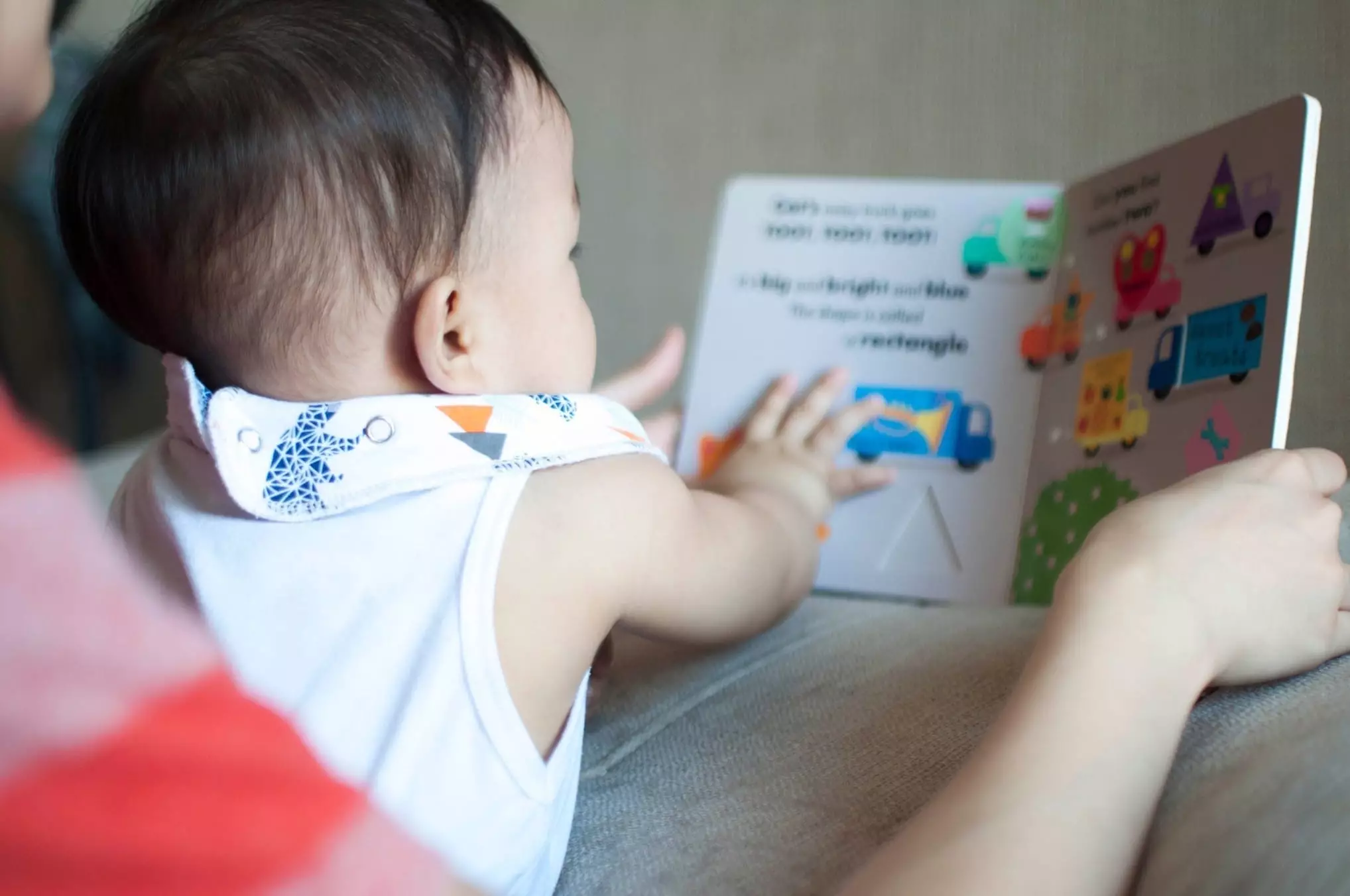Reading to children is undoubtedly one of the most treasured experiences in a parent-child relationship. However, the routine of reading often becomes monotonous, both for the reader and the little listener. It’s essential to inject excitement and interaction into storytime to foster a love of reading and enhance learning. Here are several innovative strategies to revitalize reading sessions with your baby.
One powerful method to make storytime engaging is by allowing your baby to choose the book. Presenting a selection of five or six colorful, enticing images can create anticipation. When it’s time to read, placing your baby in your lap and offering them a choice creates an interactive experience. Their natural inclination to reach for or look at a specific book not only empowers them but also promotes decision-making skills at a very young age. By giving them this autonomy, children begin to understand the concept of choices and preferences, laying the groundwork for critical thinking skills.
Furthermore, their ability to touch and select books engages their senses and enhances their motor skills. These early interactions with books are foundational to what educators term “pre-literacy skills.” As babies explore books—turning pages and experiencing different textures—they learn about the physical world of literature, including how books are structured and the flow of reading from left to right.
Incorporating music into reading sessions can elevate the entire experience. Integrating songs that relate to the stories can help capture attention and foster emotional responses; the rhythm and melody stimulate learning. For example, while reading “Little Blue and Little Yellow” by Leo Lionni, a simple song about friendship can complement the text beautifully. Not only do songs make the experience enjoyable, but the repetitive nature of melodies helps young children associate sounds with meanings, enhancing comprehension and vocabulary.
Interactive movements aligned with the narrative can take this a step further. Using “cross-body patterns” during singing can help highlight the coordination and brain development of your baby. For instance, as you sing, encourage them to touch their feet or clap their hands in rhythm. This not only promotes physical activity but also fosters cognitive activation, making them more engaged.
A transformative way to revive the storytime experience is by adopting dynamic storytelling techniques, including voice changes and movement. Emphasizing different characters, especially in familiar folktales, allows for excitement and variation. If “Goldilocks and the Three Bears” has turned into an overly familiar tale, adding discrete character voices, including exaggerated growls or silly accents, can elicit giggles and maintain interest. This plays a crucial role in character recognition and comprehension, as children begin associating emotions and expressions with various characters.
Incorporating gentle exercises, such as lifting arms or wiggling toes during certain parts of the story, can further involve your child and help them maintain focus and interest. Children are often captivated by physical movement, and blending storytelling with physical activity can lead to a delightful experience for both reader and listener.
Integrating tangible items related to the story can create lasting learning experiences. When discussing food items in books, such as “Little Pea” by Amy Krouse Rosenthal, consider involving real food. Allowing your child to taste, touch, and examine the actual items associated with the story enhances memory retention and creates meaningful connections. This multisensory approach not only reinforces learning but also makes the experience more enjoyable.
Even when your baby is not eating solids, discussing fruits and vegetables can be a delightful experience. Examples like “The Carrot Seed” by Ruth Krauss allow for a visual and tactile exploration of the themes discussed in the book, bridging the gap between literature and real life.
Lastly, shaking off the conventional idea that storytime is solely a bedtime activity can open up new opportunities for interaction. Reading can occur anywhere, whether during a leisurely afternoon or a kitchen adventure. By shifting environments, you might find that both you and your baby reassess how you engage with stories. Children thrive on novelty, and a spontaneous reading session can reignite enthusiasm and create cherished bonding moments.
Through each of these approaches, storytime can transform from a repetitive chore into an enriching activity that nurtures love for reading, creativity, and interactive learning. Embrace the change, and watch as both you and your little one revel in the joy of shared stories.

